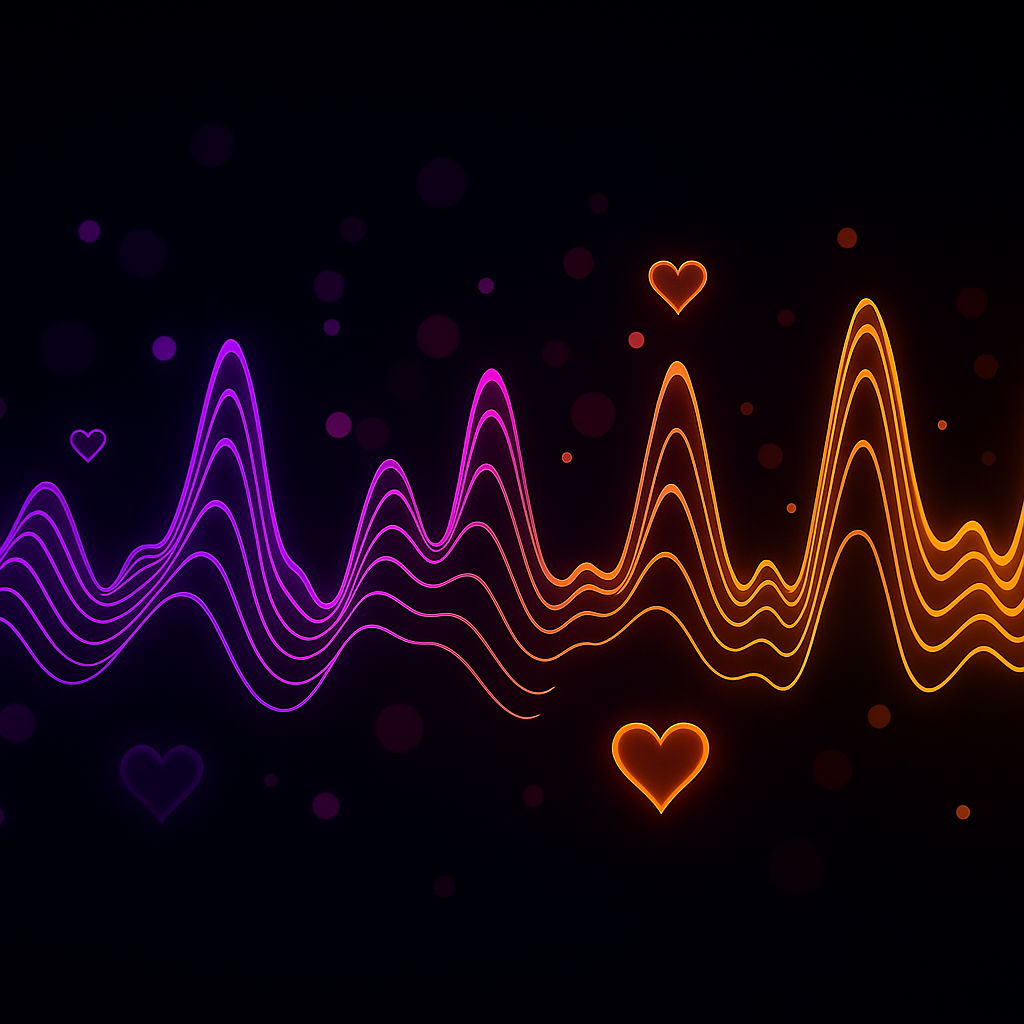Music has the unique ability to move us — to make us feel joy, sadness, nostalgia, or excitement within seconds. But beneath every melody lies a powerful scientific truth: sound frequencies directly influence how we feel. From the deep resonance of a bass note to the delicate shimmer of a high violin tone, each frequency interacts with our brain and body in ways that are both measurable and emotional.
Understanding Sound Frequencies
Sound is vibration — energy traveling through air in the form of waves. Each sound wave has a specific frequency, measured in hertz (Hz), that determines its pitch. Low frequencies (20–250 Hz) produce deep bass tones, while high frequencies (2,000–20,000 Hz) create sharp, bright sounds. When combined, these frequencies form the harmonic foundation of all music, giving each composition its emotional depth and texture.
How Frequencies Affect Emotion
Different frequencies trigger unique emotional responses. Low tones often evoke feelings of power, tension, or melancholy, while mid-range frequencies feel warm and familiar. High frequencies, on the other hand, can stimulate excitement and alertness. Our brains process these vibrations through the auditory cortex and limbic system — regions responsible for emotional memory and mood.
The Science Behind Musical Emotion
Researchers have found that certain frequencies can synchronize brain waves, influencing mental states like relaxation or focus. For example, alpha waves (8–14 Hz) are linked to calmness, while beta waves (14–30 Hz) promote alert thinking. This explains why ambient music often uses repetitive low-frequency pulses, while upbeat pop tracks emphasize bright, high-pitched elements.
Resonance and the Human Body
Our bodies don’t just hear sound — they feel it. Low-frequency vibrations resonate through muscles and bones, affecting heart rate and breathing. Sound therapy and binaural beats exploit this by targeting specific frequency ranges to promote relaxation, healing, or focus. It’s no coincidence that meditation music centers around 432 Hz — a tone believed to harmonize with natural human rhythms.
Cultural Interpretations of Frequency
Across cultures, frequencies have carried symbolic and spiritual meanings. Ancient Greek philosophers like Pythagoras believed that the universe itself was built on mathematical harmony — the ‘music of the spheres.’ In Indian classical music, each raga is tuned to specific tonal structures intended to evoke emotions like devotion, love, or longing. Even modern film composers use frequency layering to manipulate emotional intensity.
Technology and Emotional Sound Design
In the digital era, producers and engineers use advanced software to sculpt frequencies with precision. Equalizers, compressors, and spectral analyzers allow fine-tuning of emotional impact — boosting warmth in vocals or deepening the cinematic rumble of bass. AI-based mastering tools now analyze tracks to enhance emotional resonance automatically, showing how technology and artistry can work hand in hand.
The Future of Emotional Music
With neuroscience, AI, and acoustic research converging, we’re entering an era where music could be personalized to our emotions in real time. Imagine playlists that adapt to your heartbeat, or soundscapes that evolve based on mood sensors. As we learn more about how frequencies affect emotion, music will become an even more immersive extension of the human experience.
Conclusion
The relationship between sound frequencies and emotion is both scientific and spiritual. Every tone carries energy that resonates with our biology and consciousness. As artists and technologists explore this intersection further, music will continue to transcend entertainment — becoming a bridge between science, feeling, and the essence of being human.
